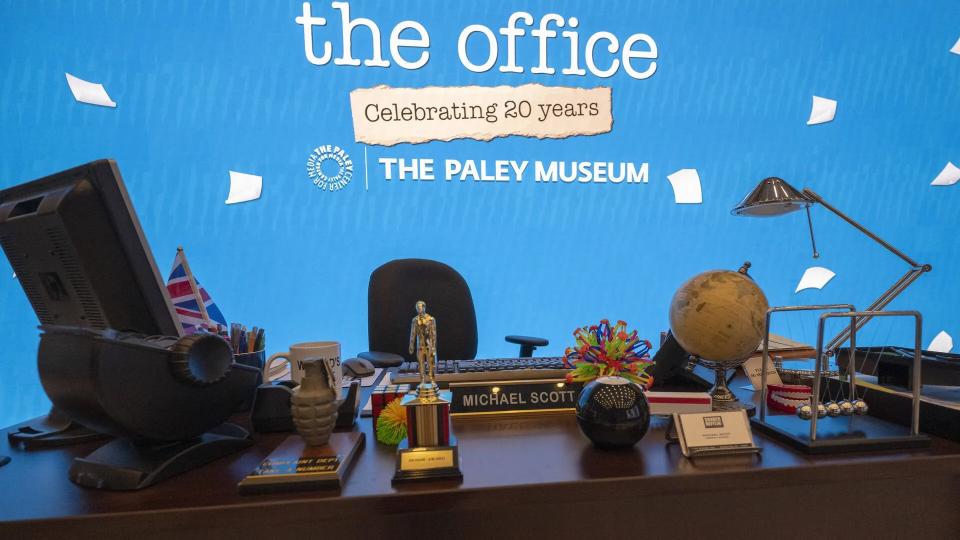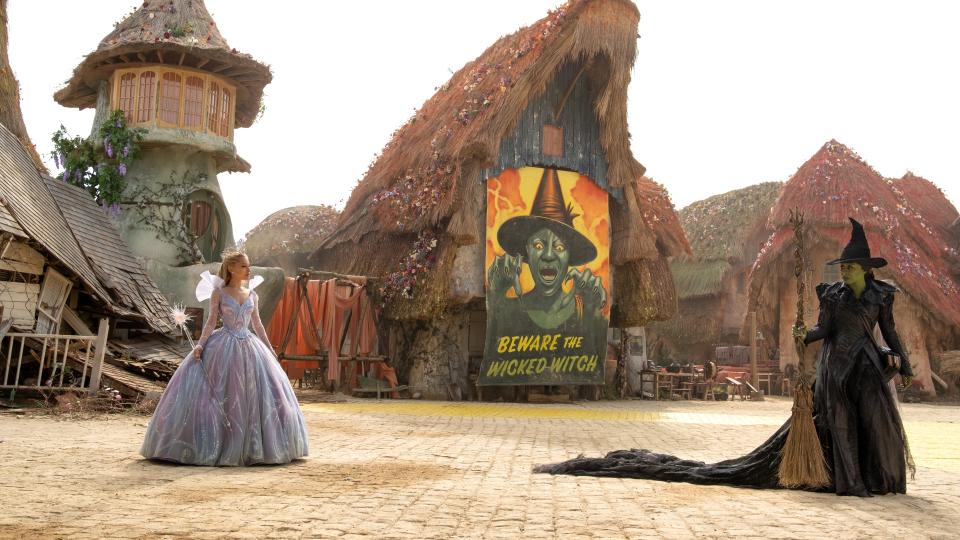‘Jurassic World Rebirth’ Embraces Nature and Science from Script to Screen
As a participant of Universal’s GreenerLight Program, the filmmakers behind Jurassic World Rebirth engaged on sustainability throughout the process from development all the way to release.

July 10, 2025
In the film’s DNA
The Jurassic franchise has inspired generations of paleontologists and helped make science and adventure exciting for audiences around the globe. Jurassic World Rebirth, premiered in theaters last week, finds much of the escaped dinosaur population dying out due to their inability to adapt to the planet's modern-day climate. Those remaining exist in isolated equatorial environments with climates resembling the tropical biosphere in which they once thrived. The three most colossal creatures across land, sea and air hold, in their DNA, the key to a drug that will bring miraculous life-saving benefits to humankind. The film takes us on an epic journey across extraordinary, naturally beautiful locations, including a forbidden island powered by geothermal energy that had once housed an undisclosed research facility for Jurassic Park.
Cutting the production’s footprint
The production team behind Rebirth took care to reduce the film’s footprint and leave a lasting positive impact on the communities where they filmed. NBCUniversal staffed Rebirth with a dedicated, local eco-department to oversee and implement the Sustainable Production Standards from power planning to waste reduction.

A comprehensive waste program with recycling and composting was established at filming locations. By utilizing reusable dishware and cups at catering (including returnable, washable to-go boxes), the production eliminated over 100,000 single-use items. The set construction team was also able to make a difference by reusing sets and lumber from a previous production.
The film team prioritized using grid electricity where available, investing in additional grid connections where needed, and accessing 100% renewable electricity when filming on stages. When shooting on location and unable to access grid electricity, the team deployed batteries to reduce the use of generators, providing the crew flexibility to capture the action on-screen with a lower footprint.
Additionally, the production eliminated the use of natural gas for heating by filming in warm climates in summertime and on stages that use electric heat. The production was able to swap fossil fuel-based diesel with renewable diesel (HVO) for generators, when available. The production also rented over twenty hybrid and electric vehicles across all locations, ranging from an electric motorbike to a 26-tonne electric truck for construction.
Combined, these efforts avoided approximately 28% of the film’s emissions, keeping the production footprint below the industry average emissions for tentpole films (as published by the Sustainable Entertainment Alliance).*
Supporting local communities and ecosystems
During filming, the Rebirth team looked for opportunities to give back to the local community, including donating leftover catering meals and set construction materials. The crew organized several beach cleanups and funded an ocean restoration project with local organizations.

The cast and crew participated in two volunteer beach cleanups that collectively removed over two and a half tons of waste that was washed onto shore (that’s equivalent to the weight of over 100 velociraptors!). The production also partnered with a local nonprofit to protect marine life by supporting an expert dive team to retrieve abandoned fishing nets from 18 ocean reefs affected by marine contamination.
A new era begins
Ahead of the film’s release, NBCUniversal sponsored a panel at the Hollywood Climate Summit featuring producer Patrick Crowley, actors Luna Blaise and Audrina Miranda, and Dr. Nathan Smith, Director of the Dinosaur Institute at the LA County Natural History Museum. The session paired insights on portraying scientific fields like paleontology on-screen, as well as the comprehensive sustainability efforts implemented behind the scenes.

Producer Patrick Crowley, actors Luna Blaise and Audrina Miranda, and Dr. Nathan Smith in conversation with Jacqueline Coley at the Hollywood Climate Summit
During the panel, Dr. Nathan Smith highlighted how the franchise continues to inspire the next generation of scientists.
“So many of my colleagues got into paleontology because of the Jurassic franchise,” he said. “We’ve got people here that are inspiring some of the next generations of paleontologists after they see this movie.”
With a new era beginning for the Jurassic franchise, this film serves as a model of how productions can incorporate sustainability on productions and give back to the communities we work in, while inspiring a new generation interested in science. Because as Dr. Henry Loomis says in the film, “Science is for all of us, not some of us.”
*Emissions avoided based on the production’s Scope 1+2 market-based carbon footprint, including the usage of clean electricity, fuel from renewable (HVO) sources, electric heating, and fuel reduction efforts like hybrid and electric vehicles, grid ties, and batteries for production power, compared to a pro-forma Scope 1+2 market-based carbon footprint calculated with 100% grid electricity, no renewable fuels, natural gas for heating, standard vehicle usage, and additional diesel generator usage. Industry average based on the Sustainable Entertainment Alliance’s Carbon Emissions of Film & Television Production (2020-2022) for Scope 1 &2 emission categories.









